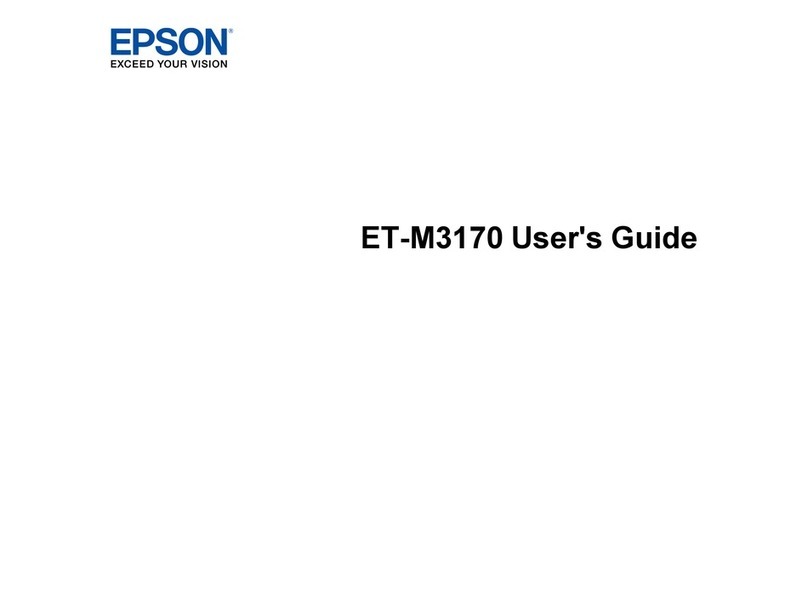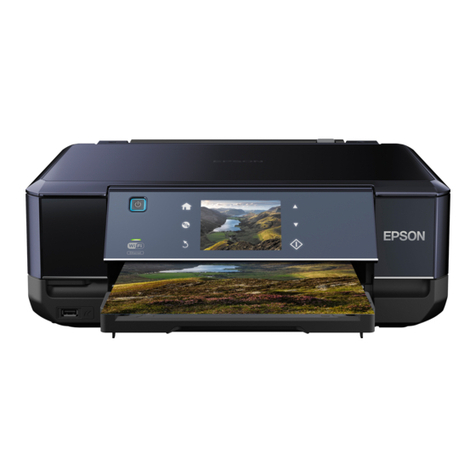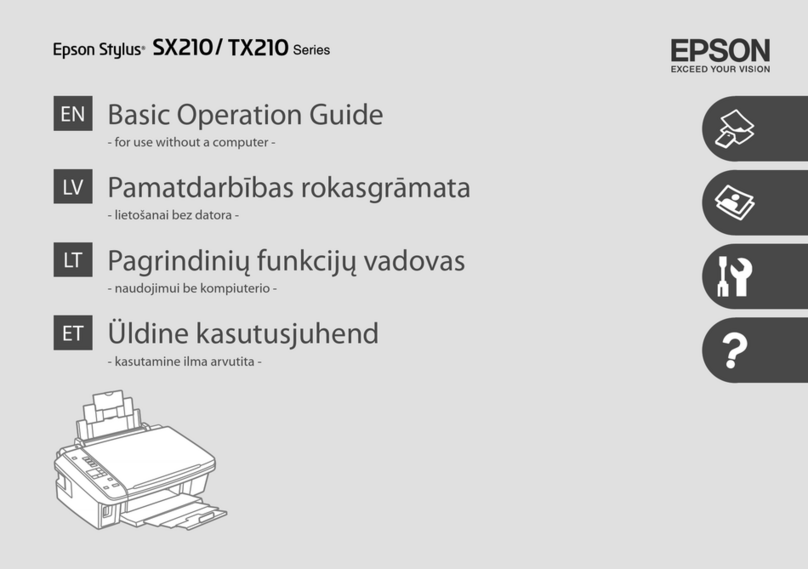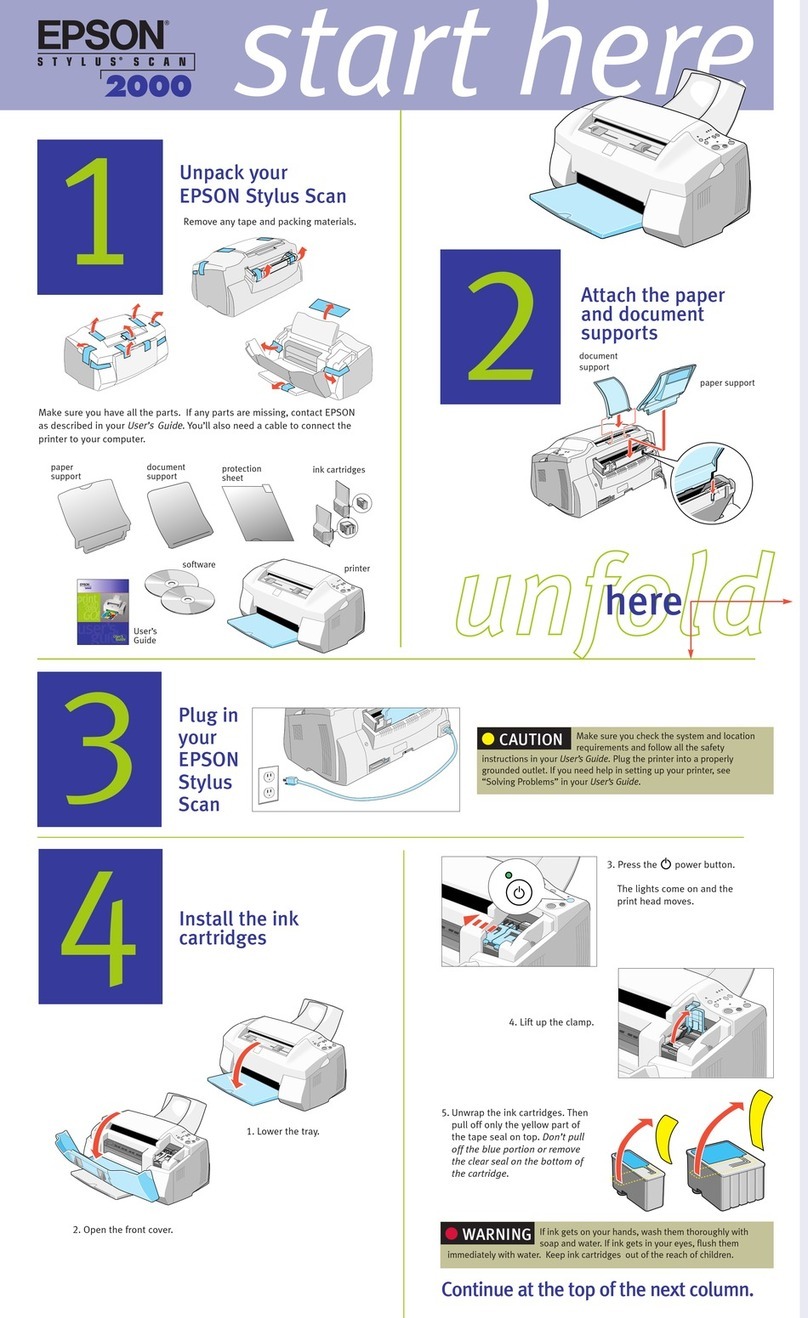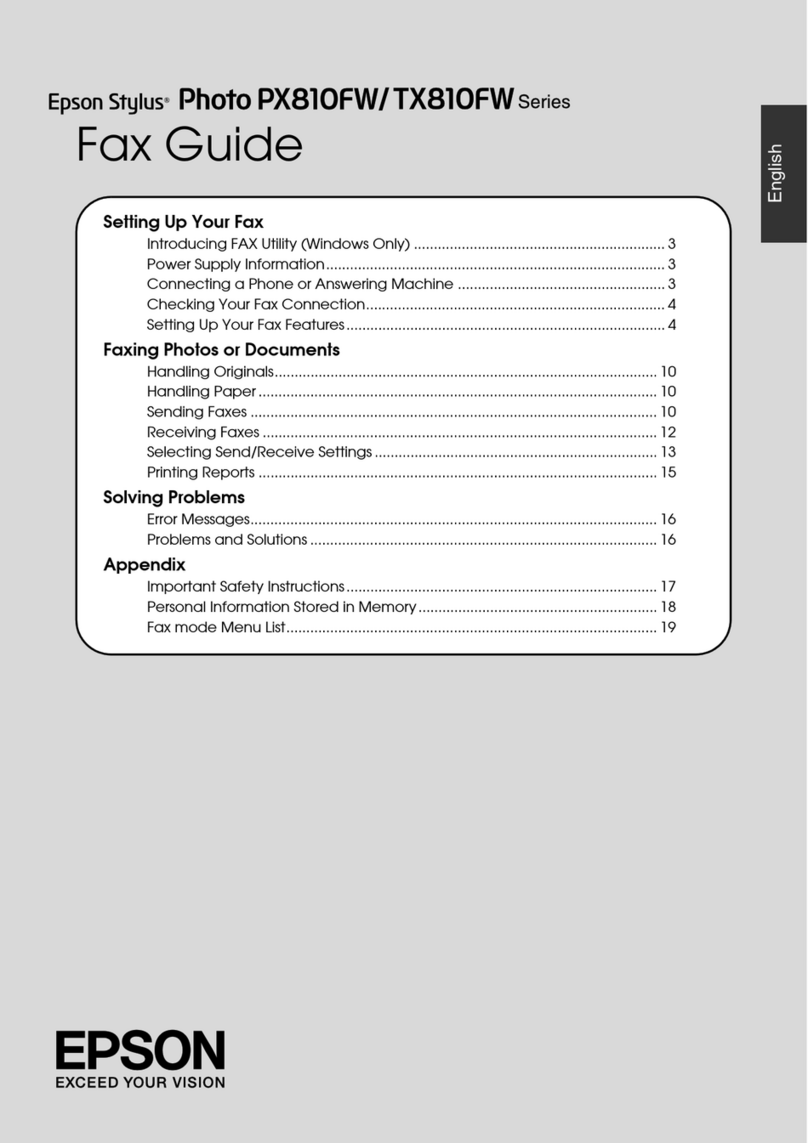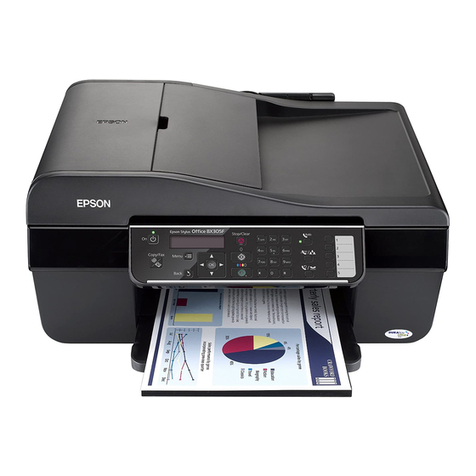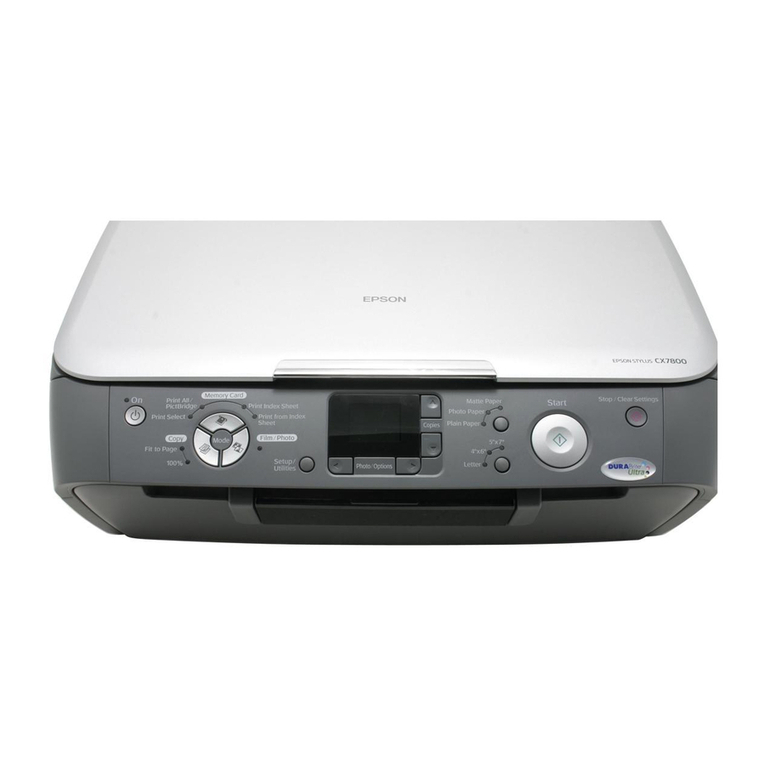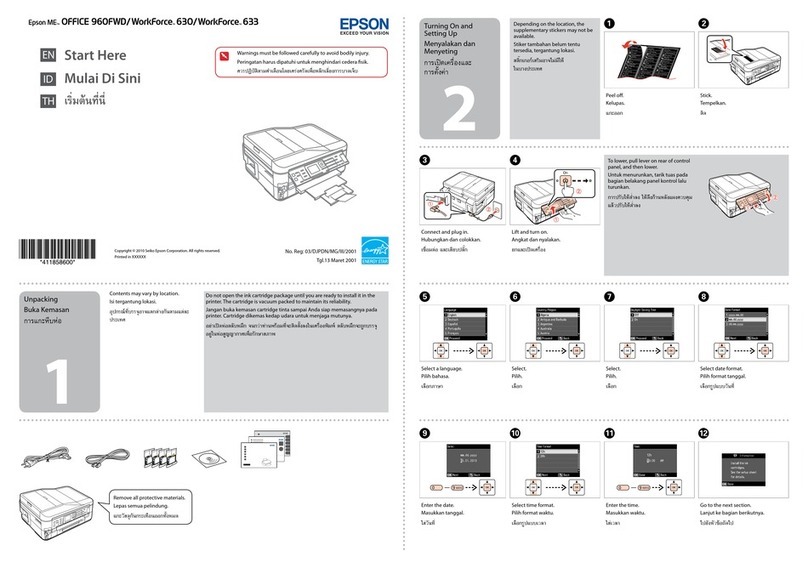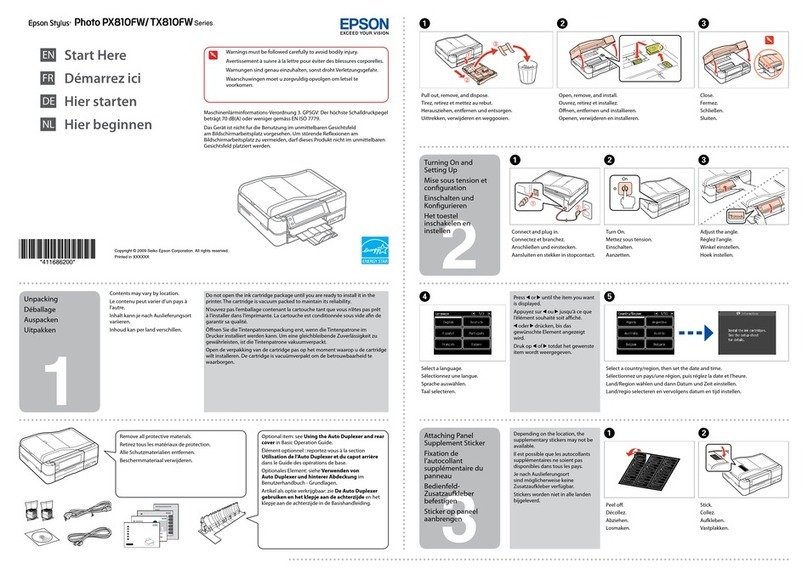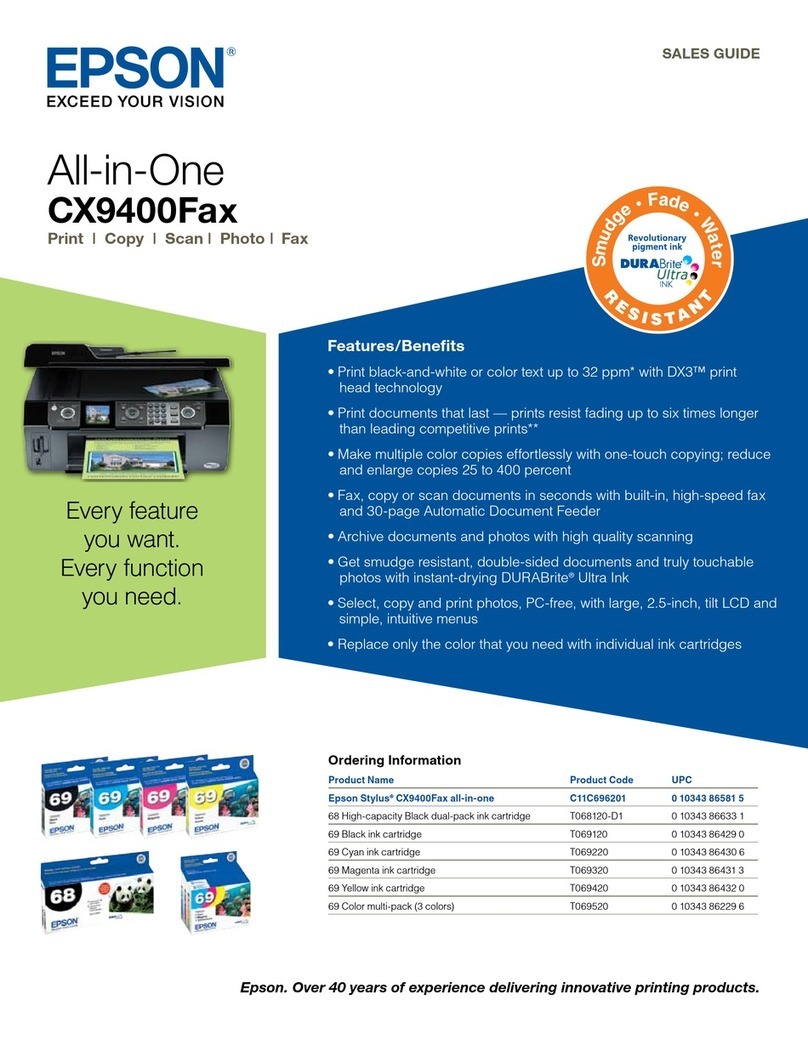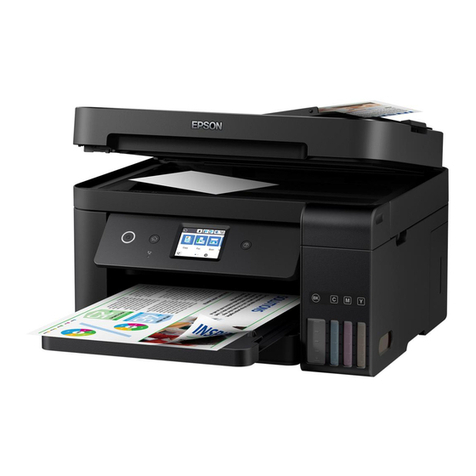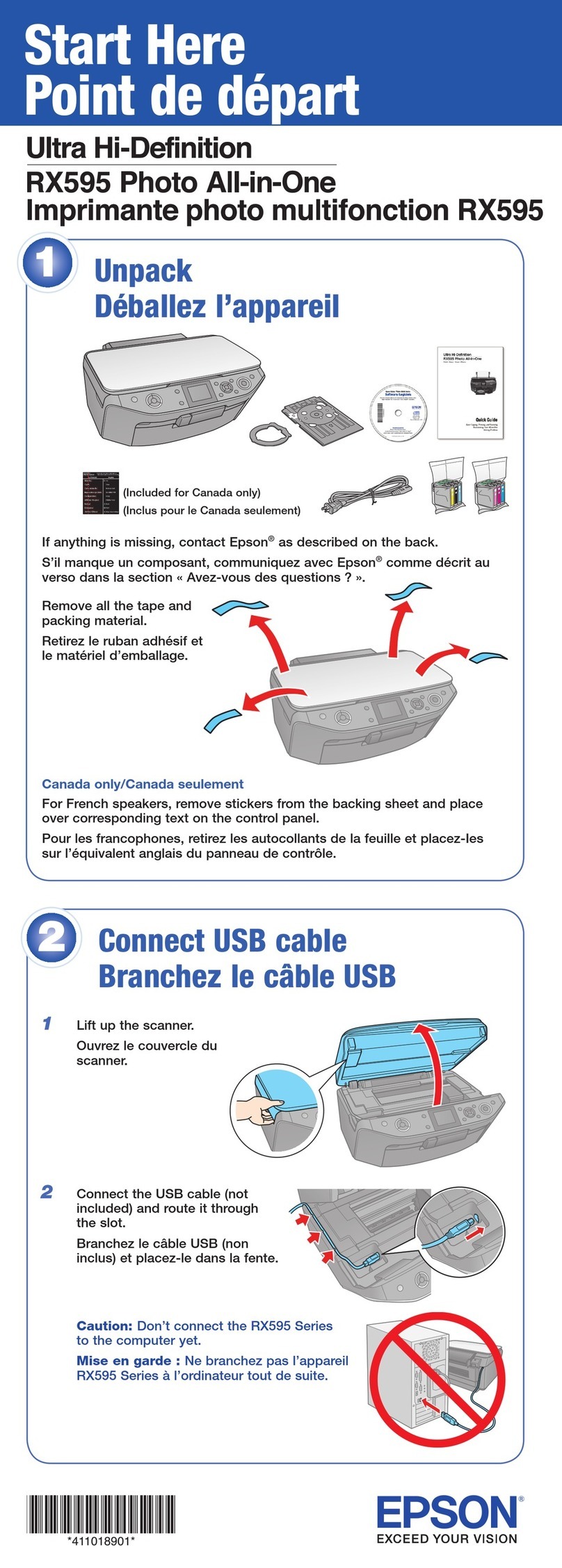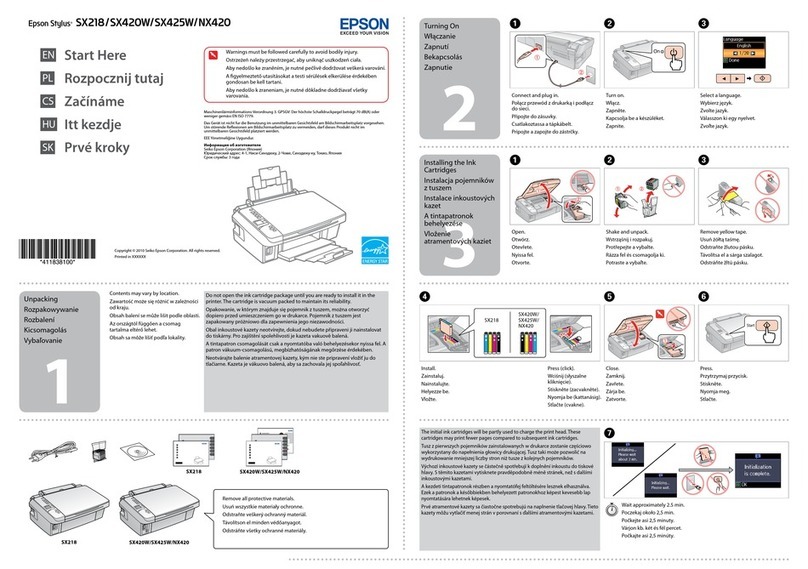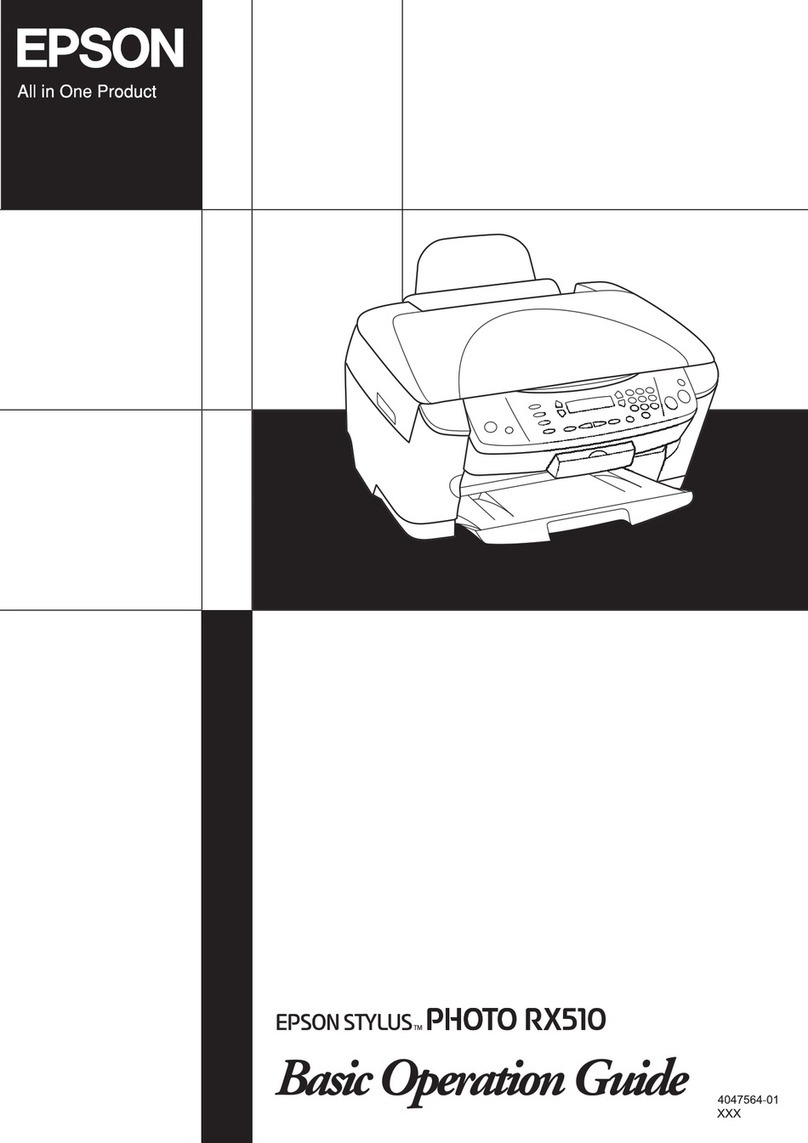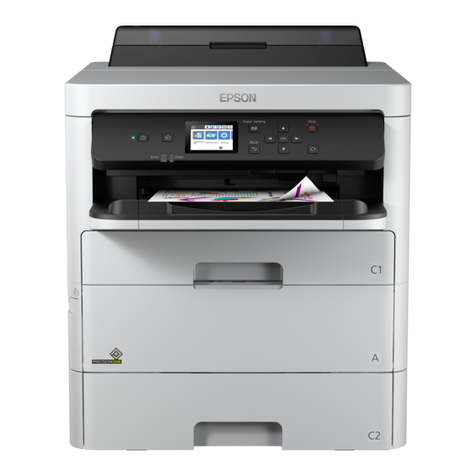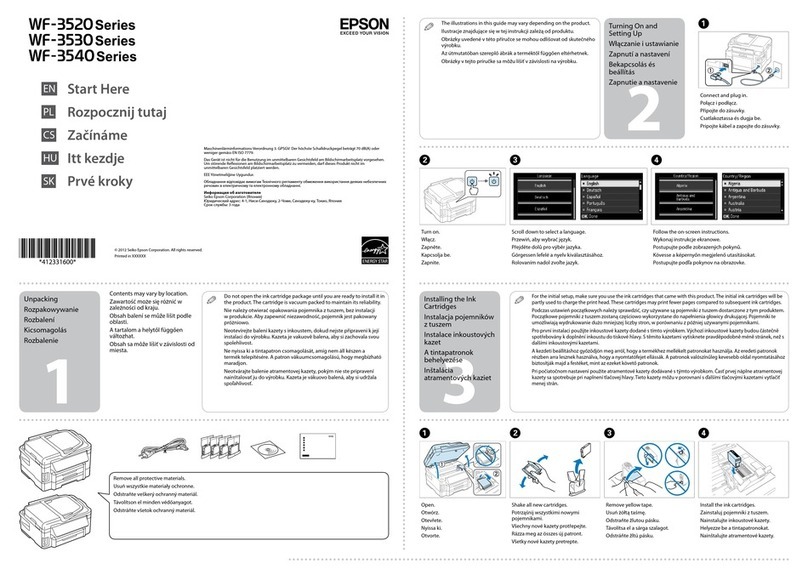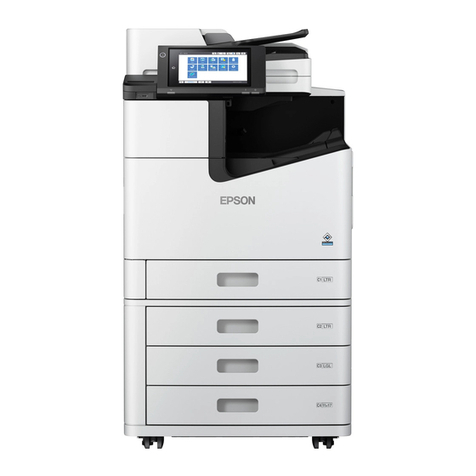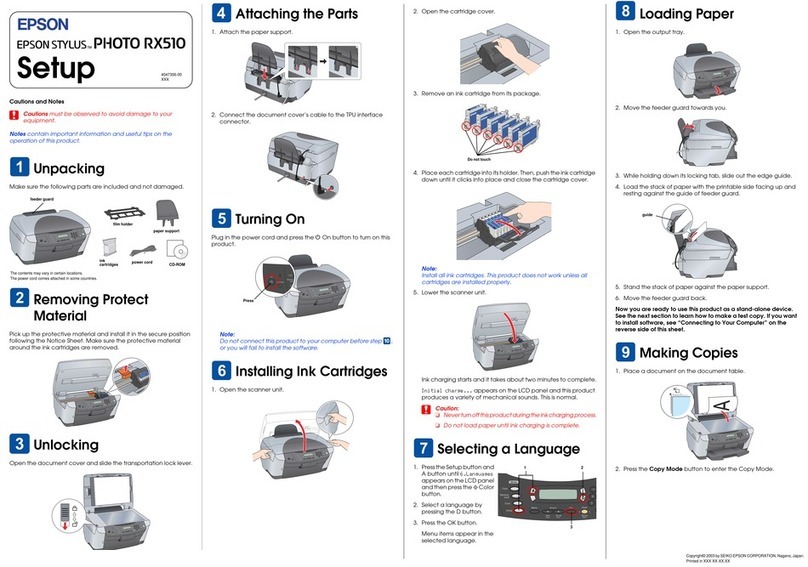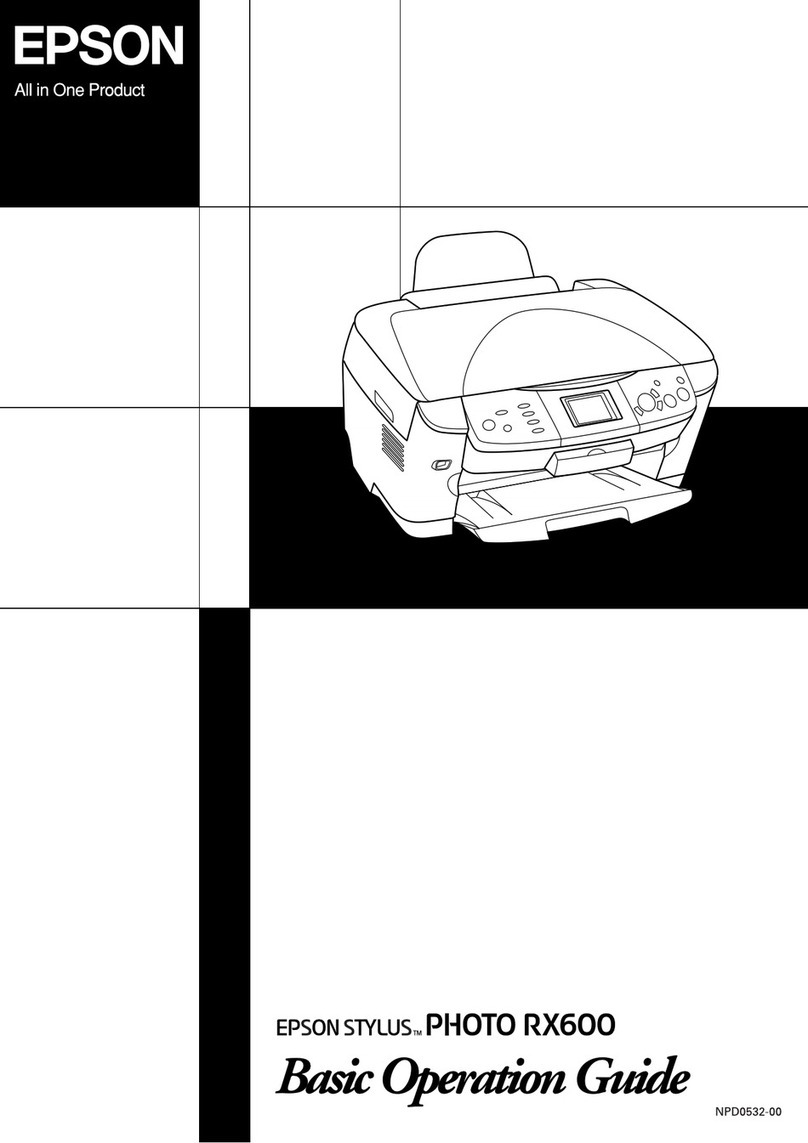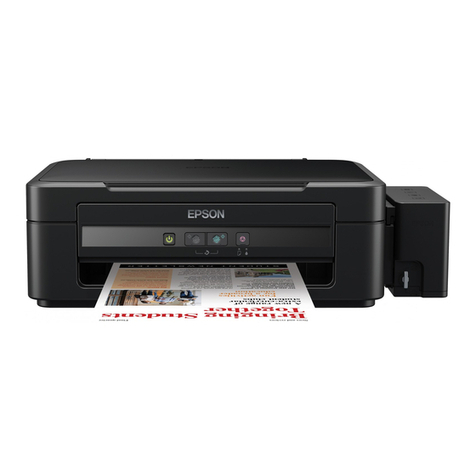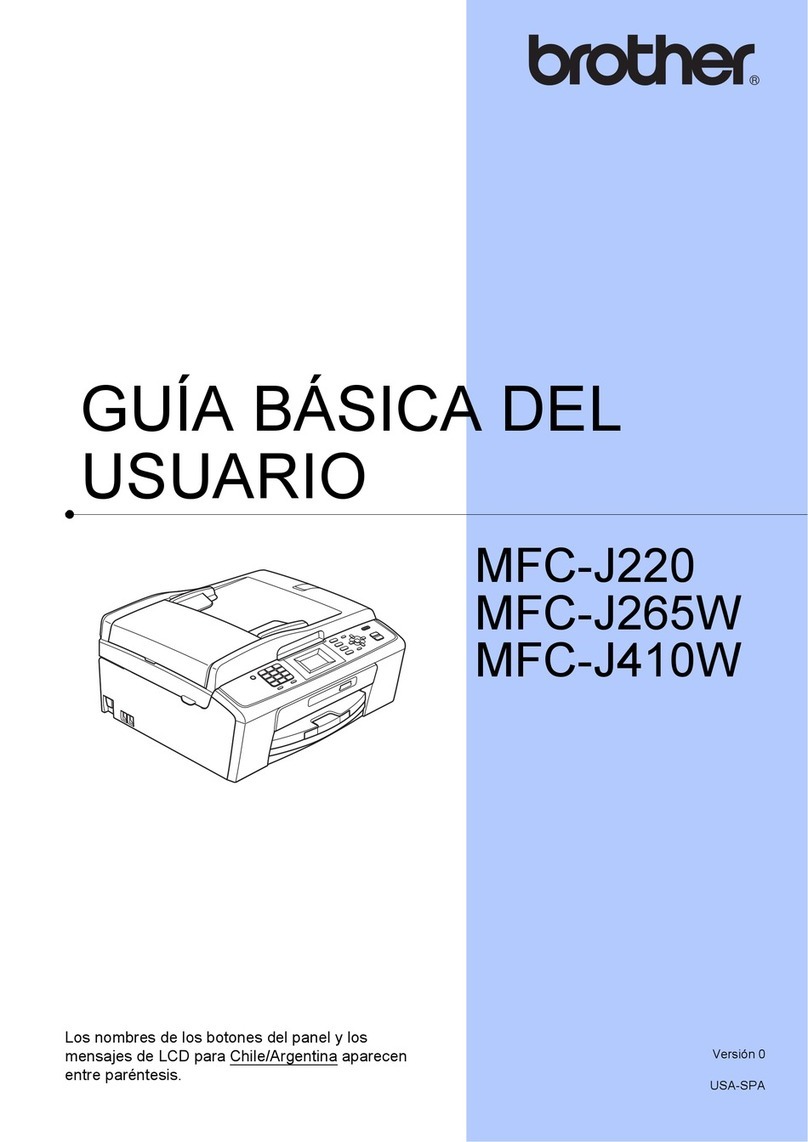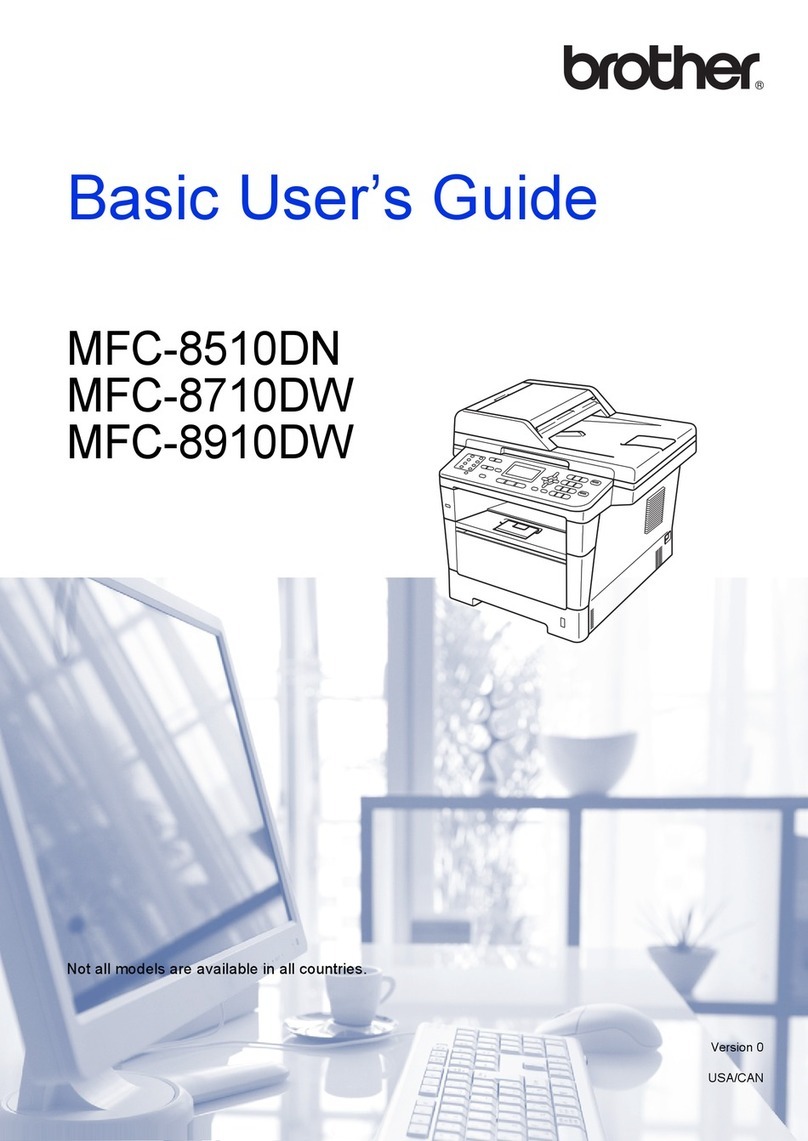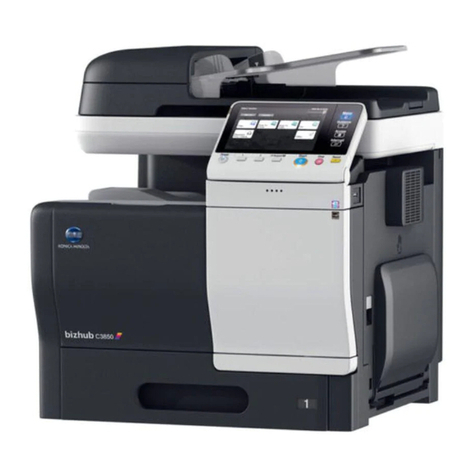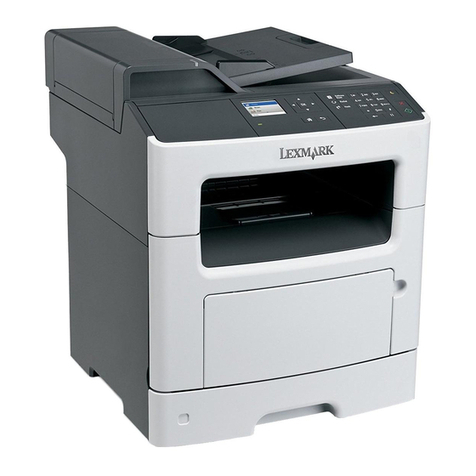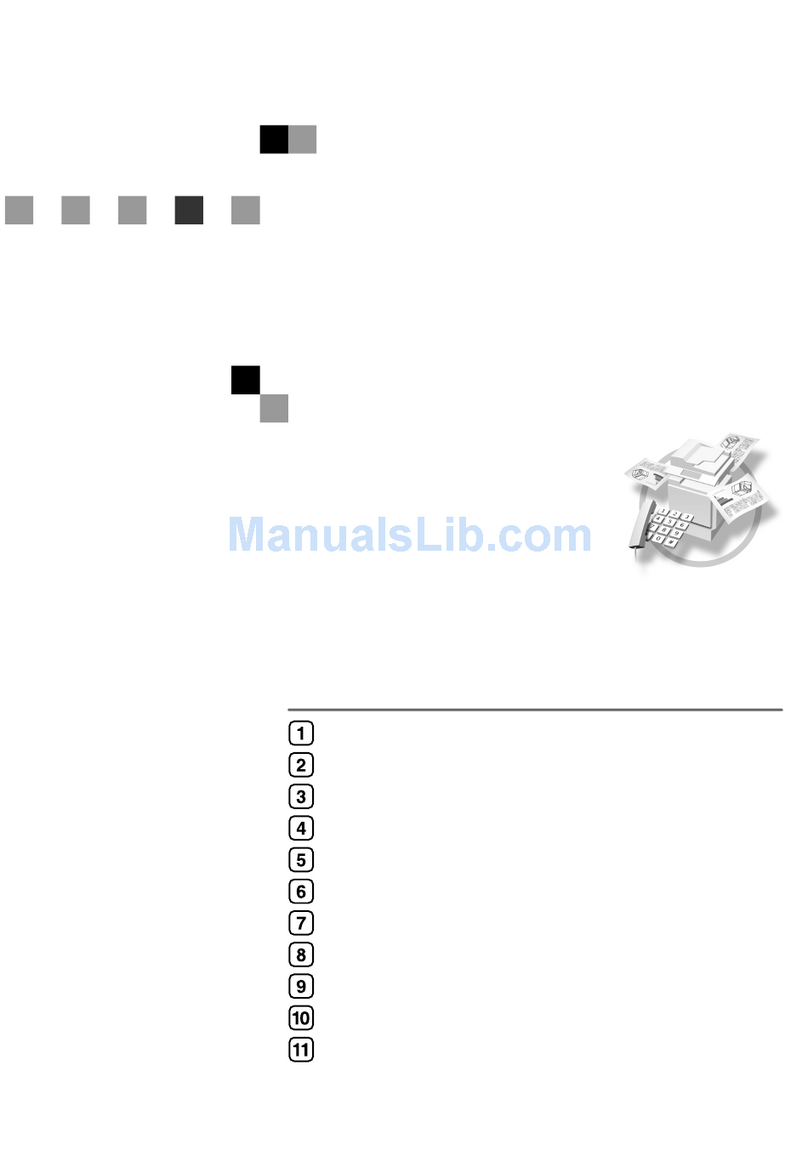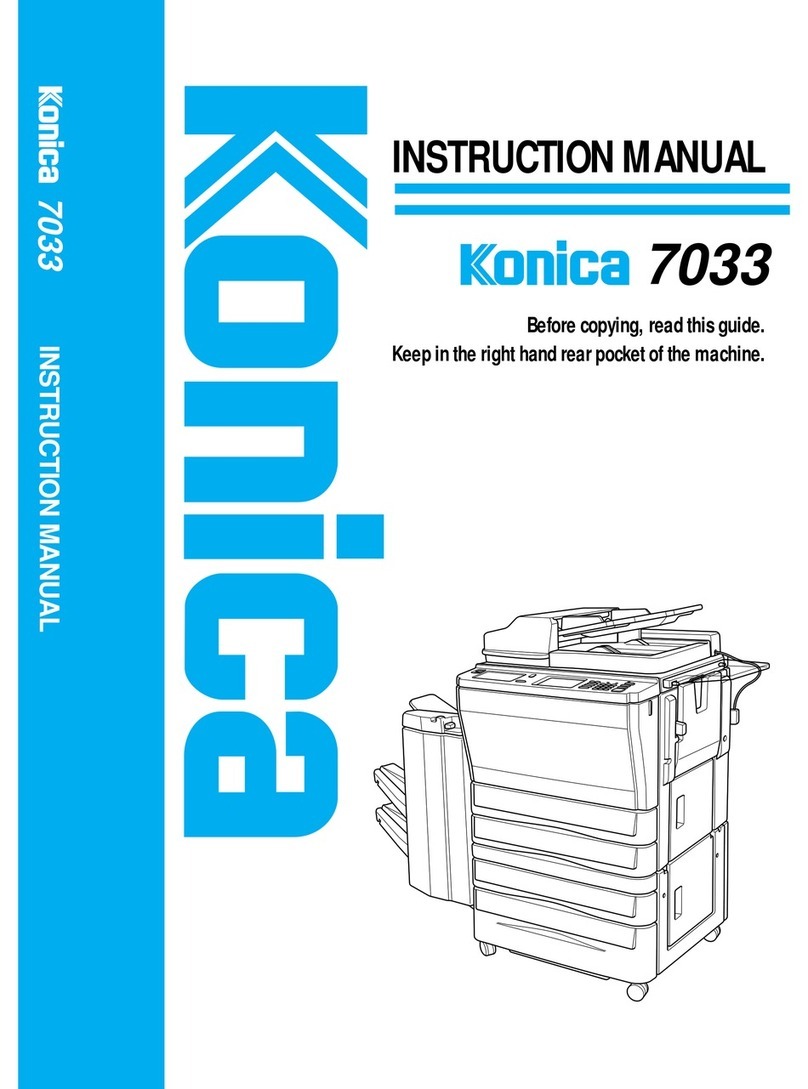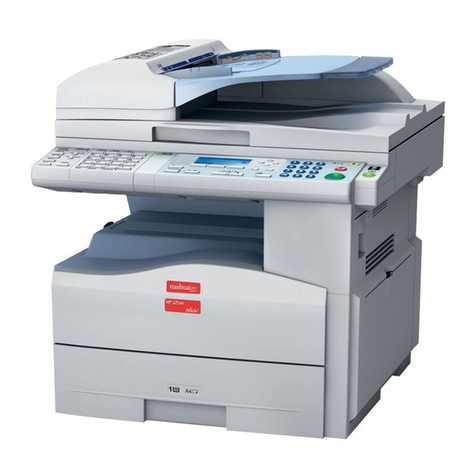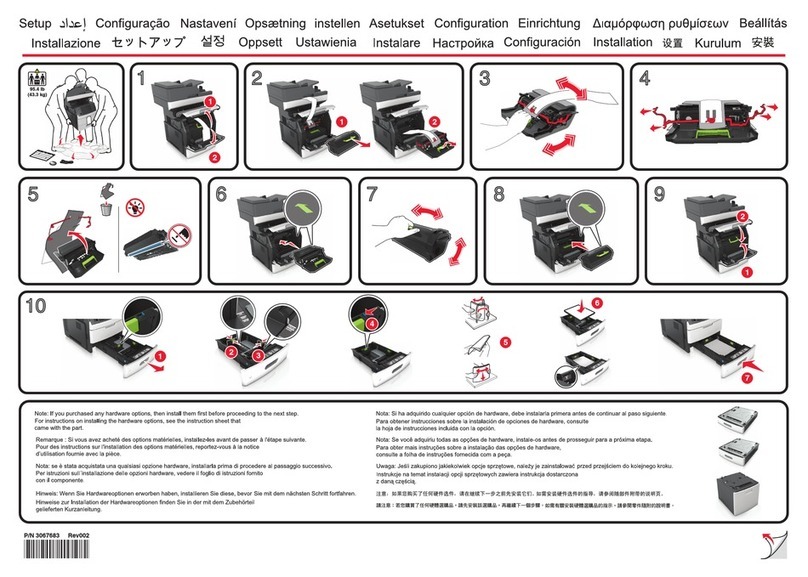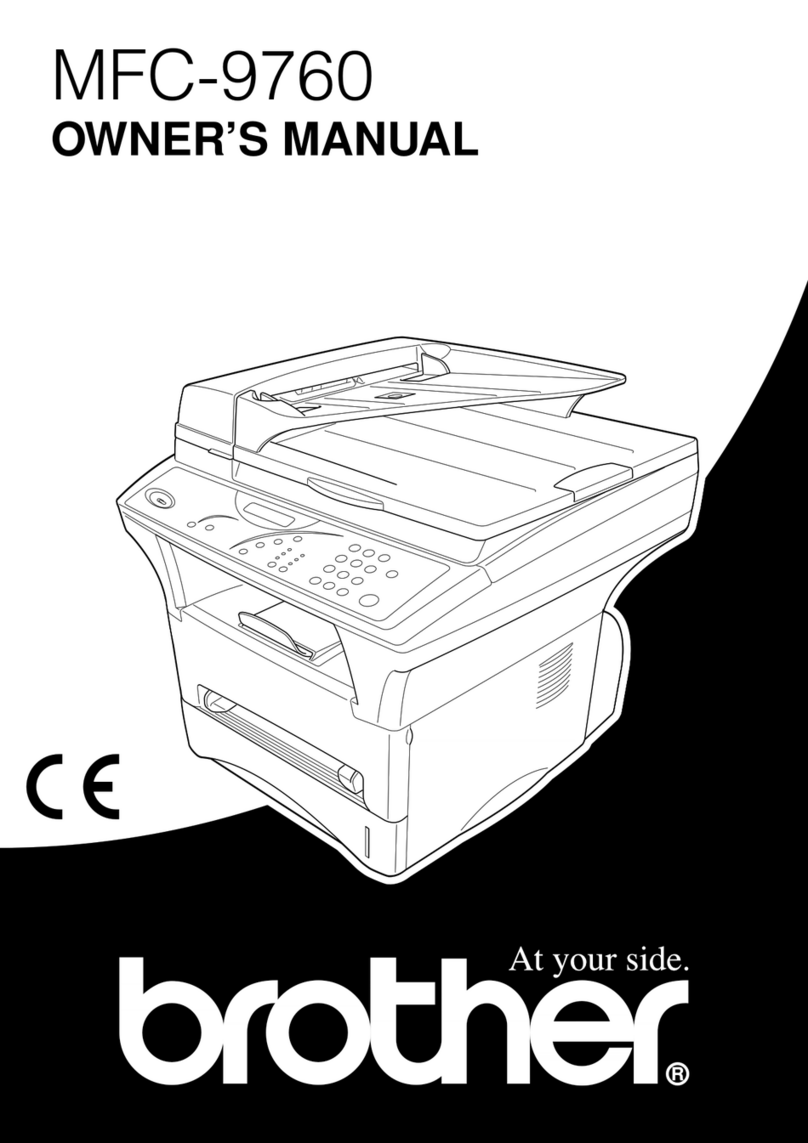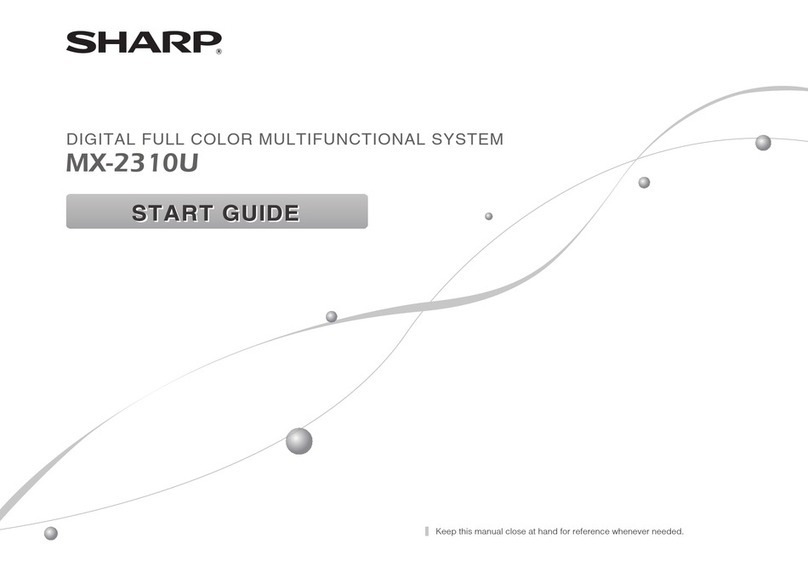33
ON TRIAL
A print made on the maximum paper size of
431.8x950 mm shown half-way through from the
rear manual feeder.
The maintenance cartridge is already in place.
This collects inks discharged by cleaning pro-
cesses and by purging when the Photo Black
and Matte Black inks are swapped. The status
of the cartridge is continually monitored to give
adequate warning for replacement, an event
not likely to eventuate unless many hundreds of
prints are produced.
First Prints
With any new printer I usually start out by making
some small prints and with the expectation that
several trials will need to be run before a good
result is achieved. The Stylus Pro 3880 merely
follows through on its easy set-up routine and,
if all the settings are correct, those first prints
will be spot-on.
I started out with Epson gloss, semi-gloss and
Traditional Fibre (Premium Gloss profile), used
the ‘canned’ profiles and allowed the printer to
manage colour. No problems whatsoever.
Media choice is a very personal matter and
although semi-gloss or lustre are popular choices,
it’s with the more expensive fine-art papers that
the Stylus Pro 3880 really shows its potential.
Printing on papers such as Epson Fine Art
Velvet and Epson Fine Art UltraSmooth is a real
pleasure. Simply lock in the Epson profile and
select the high quality mode. Excellent results
were obtained every time without any need for
test strips, even on the A2 prints.
In the main dialogue panel of the printer the
defaults are for the Premium Lustre Photo Paper
and the sRGB colour space. However, most of
us work with Adobe RGB 1998 colour space and
prefer either a matte or fine-art media, but once
your favourite routines are established then
all settings can be saved to convenient names
(e.g. “My Glossy Premium”) and dialed up for
prompt usage.
Borderless prints are a welcome feature, but
the facility only applies to six standard paper
sizes and doesn’t function on custom settings.
The auto sheet feeder can handle papers from
150x100 mm (postcard) to A2+ while the front
feed prints on paper or board up to 1.5 mm in
thickness. Custom or ‘user defined’ sizing varies
from 89 mm to 431.8 mm in width and from 127
mm to 950 mm in length.
There are nine profiles built-in for popular
Epson media types and settings for proofing
paper, plain paper and “others”. ICC profiles for
other papers or any custom profiles can be intro-
duced. Gloss differential and bronzing on gloss
and semi-gloss media are problems generally as-
sociated with pigment printers, but the Stylus Pro
3880 test prints in colour didn’t exhibit these dis-
tractions and most of the black and white prints
were satisfactory. One black and white print with
high contrast edgings did have gloss differential,
but it was evident only at an acute angle.
Quality And Speed
The level of print quality can be established and
high-speed printing may be set to ‘on’ or ‘off’.
With all the variables available it’s up to the
individual to assess the difference in print quality,
note print times and measure ink usage.
At 2800 dpi (unidirectional print head
movement) the printer uses only small droplets
compared to some large and mostly small drop-
lets at 1440 dpi (bi-directional). Printing times
almost double at the higher resolution and about
ten percent more ink is used. I found no real dif-
ference in the prints, but I’m inclined to believe
anyone using expensive fine-art papers would
prefer to go for the maximum quality
settings. The following results were achieved
with a 370x272 mm image on A3 Epson
Premium Gloss paper.
Level 5, high speed off – 8:05 minutes,
1.5 millilitres of ink
Level 5, high speed on – 4:55 minutes,
1.4 millilitres of ink
Level 4, high speed off – 5:35 minutes,
1.4 millilitres of ink
Level 4, high speed on – 2:24 minutes,
1.4 millilitres of ink.
Printing on fine-art papers like Epson Velvet at
maximum quality is decidedly slow, but the end
results are a joy to hold… and to behold. Few
users will be concerned about the speed and will
savour the paper’s journey through the printer.
For the record a 370x210 mm image on A3 Velvet
took 9:35 minutes, while a 540x305 mm image
on A2 size paper took 17:40 minutes.
Black And White
When it comes to black and white prints the
Stylus Pro 3880 leaves little to be desired. The
three-level technology – photo or matte black
plus two greys labeled as ‘Light Black’ and
‘Light Light Black’ – allow all those subtle
tones to be revealed. In the ‘Advanced Black And
White Mode’ the default setting is “Neutral”,
but “Cool”, “Warm” or “Sepia” (or, indeed, any
custom toning) can be established along with
variations in tonal brightness. Metamerism is
virtually eliminated.
Changing over from the Matte Black to the
Photo Black ink takes 3:30 minutes and purges
4.6 millilitres of ink while switching from Photo
Black to Matte Black takes 2:30 minutes with a
loss of 1.6 millilitres. This happens because the
two blacks share a common line to the print head
and one must be cleared. It’s all part and parcel
•
•
•
•
A monochrome LCD read-out is provided on
the 3880’s top deck and includes a set of ink
level indicators.
Straight out of the box – printer, ink cartridges, rear
tray feeder, the “Start Here” sheet, software CD and
mains power cable.
“Media choice is a very personal matter and although
semi-gloss or lustre are popular choices, it’s with the
more expensive fine-art papers that the Stylus Pro 3880
really shows its potential.”
of the cheaper printer price and will enforce
efficient printing sessions with mixed media.
The front feed for fine-art media requires a
platform to be first lowered. The ‘Down’ button
on the menu panel is pressed to open the gate
and paper is fed through to a guide position.
The button is pressed to pull the paper through
(hence space is needed at the printer’s rear) and
the gate to close. When printing is complete
press again to release the paper and the process
can continue for the next print. This involves a
few steps more than the standard rear sheet
feeder but it does make for a perfectly flat and
straight paper path and hence the very best rela-
tionship with the print head. Papers or board up
to 1.5 mm can be accommodated.
Maximum Size
The maximum paper size that can be established
in the User Defined panel is 950x431.8 mm. It’s
32-34 Epson CamMar10.indd 33 18/02/2010 2:03:26 PM
ON TRIAL
34
Printing a series of favourite prints and comparing
the results from other printers is my preferred
way of making assessments. Provided the appro-
priate media is selected and all printing settings
are correct, the Stylus Pro 3880 certainly turns
out great results with minimum fuss.
The Epson Velvet Fine Art paper is 100
percent cotton rag, has an acid-free base and
a bright white surface. Expensive as it may be,
this paper is something special and would be my
first choice for fine-art printing in both colour and
black and white when using the 3880. The Epson
UltraSmooth Fine Art paper is also a favourite,
but its base colour may be a little too yellow
for some tastes.
The Verdict
The beauty of the Epson Stylus Pro 3880 lies
just not in its elegant appearance, but in its ease
of set-up and its printing capacity. The major-
ity of users will probably opt for Epson’s own
media and can confidently adopt the included
profiles and follow the let ‘printer manages
colour’ method. Those who prefer other media
merely install the appropriate ICC profile, turn off
colour management via Mode>Custom>Colour
Controls>Off and let ‘Photoshop Manage Colour’
with the profile locked in.
Priced at $2195 the 3880 is tantalising enough
for those contemplating a new or replacement
A3+ printer. Although the 3880 is more cost-
efficient with inks compared to an A3+ printer it’s
important to appreciate this advantage doesn’t
come into play until a large volume of prints is
produced. Anyone requiring just A3 or A3+ size
prints would need to carry out some calculations
with regard to the initial outlay and the on-going
ink cartridge costs.
In many respects the Epson Stylus Pro 3800
could be regarded as ‘entry-level’ to the A2 for-
mat because it lacks some of the features
of bigger and higher-end models such as a roll
paper feed, larger ink cartridges and a built-in
colour calibration device. But being relatively
affordable and far more compact, this printer
allows many more photographers to move into
the A2 format. Significantly, there are no compro-
mises in print quality.
Printer Type:
A2+ format (17 inches wide) for
photo-quality prints via a nine-colour pigmented
inkset (but eight cartridges in use at any one time
with auto switching between matte black and
photo black).
Maximum Resolution:
2880x1440 dpi.
Ink Cartridges:
Individual per colour, 80 millilitre
capacity. Epson UltraChromeK3 VM/VLM pigments.
Colours are photo black, matte black, cyan, light
cyan, vivid magenta, vivid light magenta, yellow,
light black and light light black. Smallest droplet size
is 3.5 picolitres.
Paper Sizes:
Borderless printing on cut sheets from
150x100 mm up to A2. Printer cannot accept paper
rolls. Maximum custom print size is 432x950 mm.
Interfaces:
One USB 2.0 high-speed connection
and one Ethernet connection.
Acoustic Noise:
39 dB (A).
Main Features:
Micro Piezo print head with
180 nozzles per colour, variable droplet sizing,
AccuPhoto HD2 screening, LUT Technology, five
print quality levels and two speed modes, Advanced
B&W mode, auto matte/photo black ink switch-
ing (according to media type), head alignment and
maintenance sensors.
Dimensions (WxHxD):
684x257x376 mm (closed).
Weight:
19.8 kilograms (without ink cartridges
or media).
Price:
$2195 (inc. GST). Ink cartridges are $99 each.
Distributor:
Epson Australia, telephone
1300 131 928 or visit
www.epson.com.au
critical to have the paper loaded into the rear,
manual feed and not the auto sheet feeder as
the latter approach will truncate the image, even
though it looks OK in the print preview. This isn’t
mentioned in the user guide.
Print time at Level 5 (with high speed print-
ing switched off0 for an 832x360 mm image on
950 x 431 mm paper was 29:40 minutes. The 6.0
millilitres of ink used was calculated to cost $7.44
in return for a rather sizeable print. At the end of
printing the paper will remain on the fully extend-
ed receiving tray so it’s safe to attend to other
matters during the printing. The two prerequisites
for rear-feed printing are adequate space and
having the paper well flattened out after cutting
down from a roll. Curled paper can be loaded, but
it can lead to head strikes.
Job information is accessed by the printer’s
LCD read-out panel. By working through ‘Printer
Status’ and ‘Job History’, data for the last ten
prints can be accessed, including the amount
of ink consumed to 0.1 millilitre accuracy. If
the graphic representation of ink levels isn’t to
your liking, the menu will show the percentage
remaining for each cartridge.
Epson’s UltraChromeK3 inks may not enjoy
quite the same longevity ratings as the HP
pigments, but they are extensive enough. The
Wilhelm Research rating (for a print under glass
with no UV filtration) for the Premium Glossy
paper is 85 years, for the Ultrasmooth it’s 108,
the Velvet is 166 and the Premium semi-matte is
rated at 67 years. In album or book storage the
ratings are between 200 to 300 years.
Flying Colours
All the usual tests we conduct were passed with
honours – and include using various paper types
including dual-sided with back-to-back registration
marks for book work, large prints and border-
less prints. The ‘canned’ profiles were accurate
and didn’t require any test strips. I’m not one for
printing test charts because there are so many
variables involved and a truly helpful evaluation
is hard to achieve. There is an improvement in
colour gamut compared to the 3800, but it would
take special instruments to find the differences.
Clockwise from top left:
The maximum user-defined paper size is
431.8x950 mm, but paper must be inserted
from the rear manual feed.
Final print preview ensures all is well.
The ‘Quality Options’ page allows for the selection
of one of five print quality levels plus a high speed
printing mode.
The print progress display includes a graphic rep-
resentation and also shows both the printing time
remaining and the ink levels in each cartridge.
Manual adjustments can be made via the Color
Controls panel.
Page layout is the second print panel.
Print panel.
•
•
•
•
•
•
•
EPSON STYLUS PRO 3880 $2195
